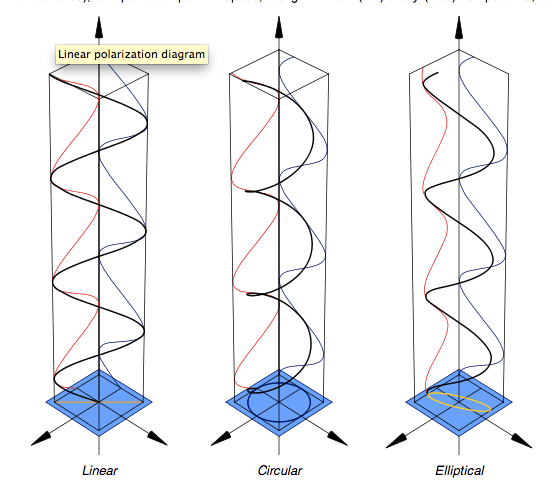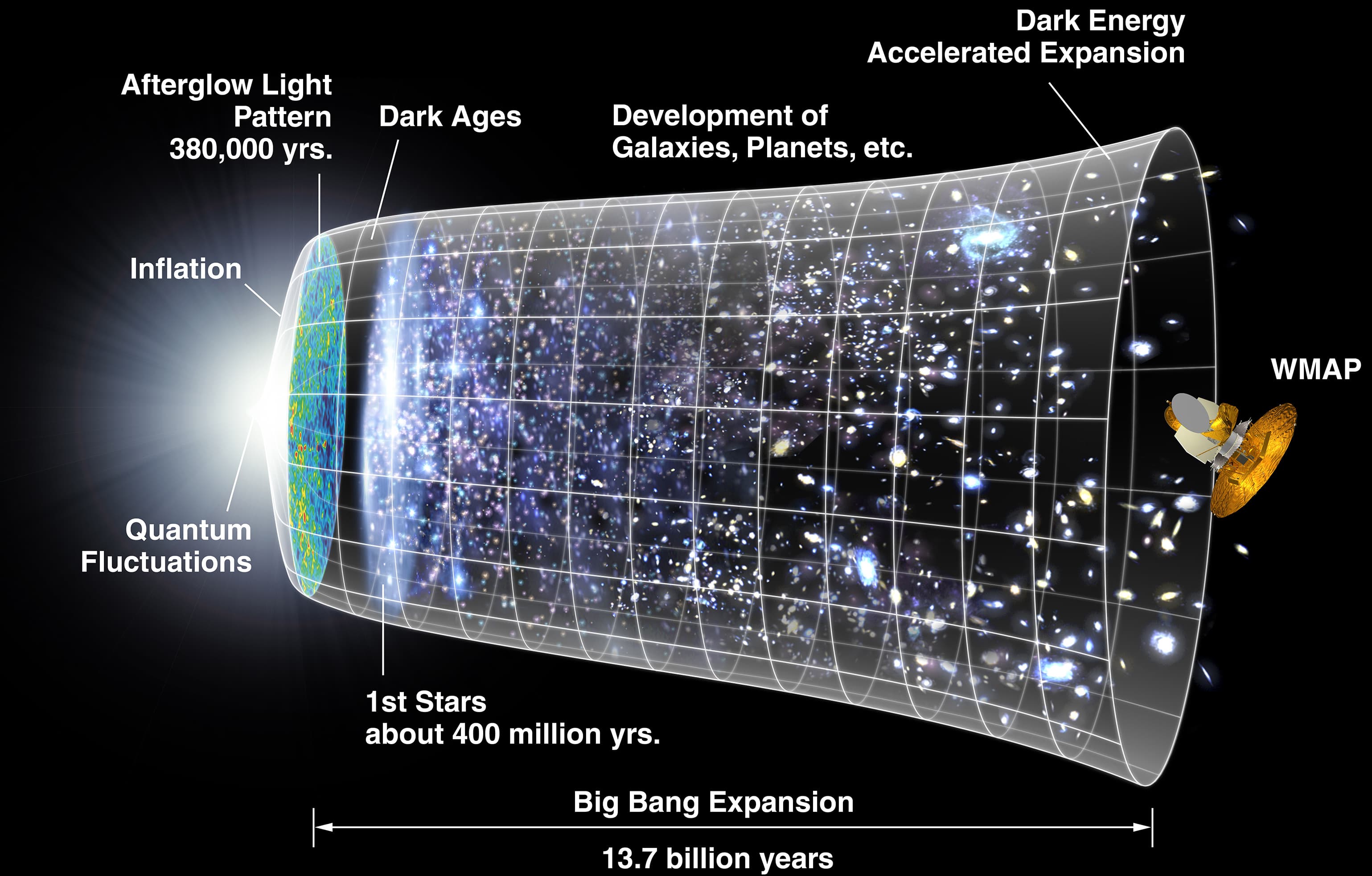It was announced on Monday that the Background Imaging of Cosmic Extragalactic Polarisation 2 (BICEP2 – don’t you love projects acronyms?) experiment at the South Pole found a special pattern in the cosmic microwave background (CMB). The pattern they found is the B-mode polarisation signal in the CMB.
Waves that can oscillate in more than one orientation have a property called polarisation. Light can be polarised in different ways, in a straight line (linear polarisation) or in a circular or elliptical fashion. This property is used in technologies such as lasers, wireless telecommunications and optical fibres. It is also used in the entertainment industry in 3D movies: the two lenses of your 3D glasses are polarised in different ways (restricting which light reaches which eye) to create the illusion of three-dimensional images.

But what about the B-modes of the CMB? These modes of polarisation are related to the rotational components of the primordial light of the Universe. They were generated during the time of cosmic inflation, and their detection gives us some concrete evidence that inflation actually happened.
Cosmic Inflation was first theorised by Alan Guth to explain why the Universe is uniform and isotropic (meaning the same in every direction). Between 10-36 and 10-32 seconds after the Big Bang, the Universe expanded at a rate much faster than the speed of light. This expansion froze into place and magnified the quantum fluctuation from the Big Bang which later became the seeds for the formation and evolution of galaxies.

